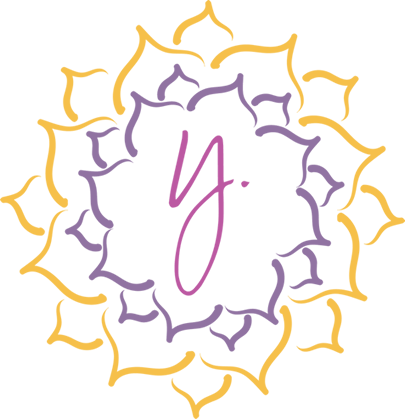But which one is it?
Have you ever traveled to an elephant sanctuary? While these sites can serve as peaceful refuges for elderly, orphaned, or previously captive pachyderms, they can also be rife with metaphors for human psychology.
Let me explain.
When a baby elephant is born in captivity, a trainer ties one end of a rope around one of their ankles and the other end to a stake in the ground, giving the elephant a radius the length of the rope. Until a captive elephant is rescued, her entire life exists within the small circle she can walk around her stake.
As the elephant grows, she becomes patterned to believe that her entire world exists within that radius. After a while, even if the rope is untied from the stake, the elephant will continue to pace inside her original radius.
She never ventures outside that circle. She doesn’t even know she can.
What does this horribly sad anecdote have to do with you? Think about it: how many people wake up every morning and metaphorically tying a rope around their ankle―every single day?
We do this to ourselves with our limiting beliefs.
Here’s how it works: your conscious mind informs approximately 5 percent of your day. Throughout the other 95 percent of your day, you’re running on the subconscious patterns of autopilot. Just like the captive elephant, when it comes to the cycle of believing-feeling-behaving, you’re stuck circling all you’ve ever known.
Your beliefs—including your limiting ones—inform how you show up in the world by guiding your perceptions and leading you to select data that only reinforces those beliefs. Nearly everyone has at least one core limiting belief or has struggled with one in the past. Some people hold many. No matter the belief, you bring it with you every single time you show up, anywhere. Whatever you believe about yourself is how you hold space and communicate with others.
Research has distilled the most common, core limiting beliefs down to twenty. As you consider the list below, notice if any resonate strongly or incite a particular reaction in you.
20 Common Limiting Beliefs
- I’m alone
- I’m bad
- I don’t belong
- I’m a burden
- I’m crazy
- I’m different
- I’m not enough
- I’m a failure
- I don’t have
- I’m not important
- I’m inferior
- I’m invisible
- I’m not loved
- I don’t matter
- I’m powerless
- I’m not safe
- I’m too much
- I’m unworthy
- I’m not wanted
- I’m worthless
- I’m wrong
- I’m not smart
While it can be enlightening to uncover your core limiting belief, it can also be enormously frustrating. Once you’re aware of your limiting belief, the first thing you probably feel like doing is getting rid of it as quickly as you can. The good news is you can transform your limiting beliefs into healthy beliefs—just not overnight.
This work takes time. It can help to have a toolkit of healthy beliefs to select from as you begin. Below are some examples of a few healthy beliefs that have worked in my life and the lives of my clients:
- I am aware.
- I am loved.
- I am supported.
- I can do anything I put my mind to.
- Life always works out for me.
- The universe will catch me.
- Change is an exciting and necessary step to growing and evolving.
- Every day unfolds the next step in my journey.
- I deserve a life without limitations.
- My life is dynamic because I welcome change.
- Awareness opens the door to new possibilities.
- I rest with comfort and ease in the present moment.
- I trust myself and others.
- The present moment always offers me a chance to begin again.
- I participate to the fullest in creating my reality.
- I create a reality that betters the world.
- I am enough, exactly as I am in precisely this moment.
This is where mindfulness comes in: once you begin to introduce the language of healthy, affirming beliefs to yourself from a sacred, safe space of silence and stillness, you’ll find it increasingly easier to recall them when you’re off the meditation cushion and out in the world. It requires practice and repetition—a neurological repatterning that will eventually require less conscious thought and effort. But it takes time and self-awareness to get there.
By engaging with the inner work of mindfulness, you get to see yourself through objective awareness—digging into what you believe, why you believe it, and what thoughts come from those beliefs. Then, you can start to discard any thoughts and beliefs that aren’t serving you and replace them with new ones.
This work asks you to dig deep and go within to uncover what negative messages you’ve received and absorbed throughout your life. But you are not broken, and you do not need to be “fixed.” You are already whole—all of us are. We’re worthy. We’re loving. We belong here. We just don’t know it yet.
Want to learn more? There’s a book for that! Click here to take the first step towards greater awakening, awareness, self-love, and personal transformation.
If you enjoy reading Shut Up & Sit, then you’ll love receiving weekly love letters from Yedda! Each week you’ll get stories, wisdom tools, and mini doses of mindfulness delivered straight to your inbox. Plus, you’ll be the first to know about upcoming events, workshops, new products, and more.
